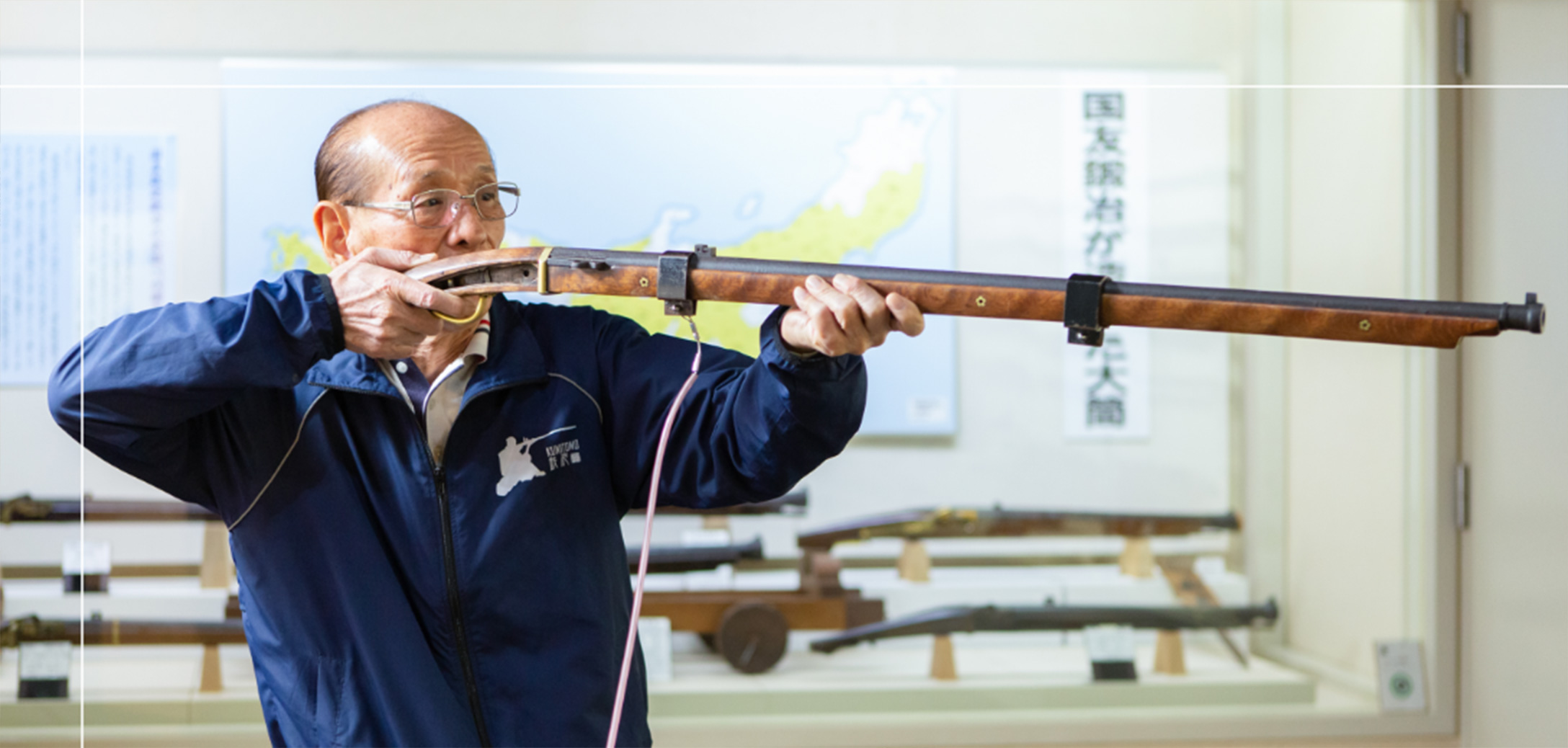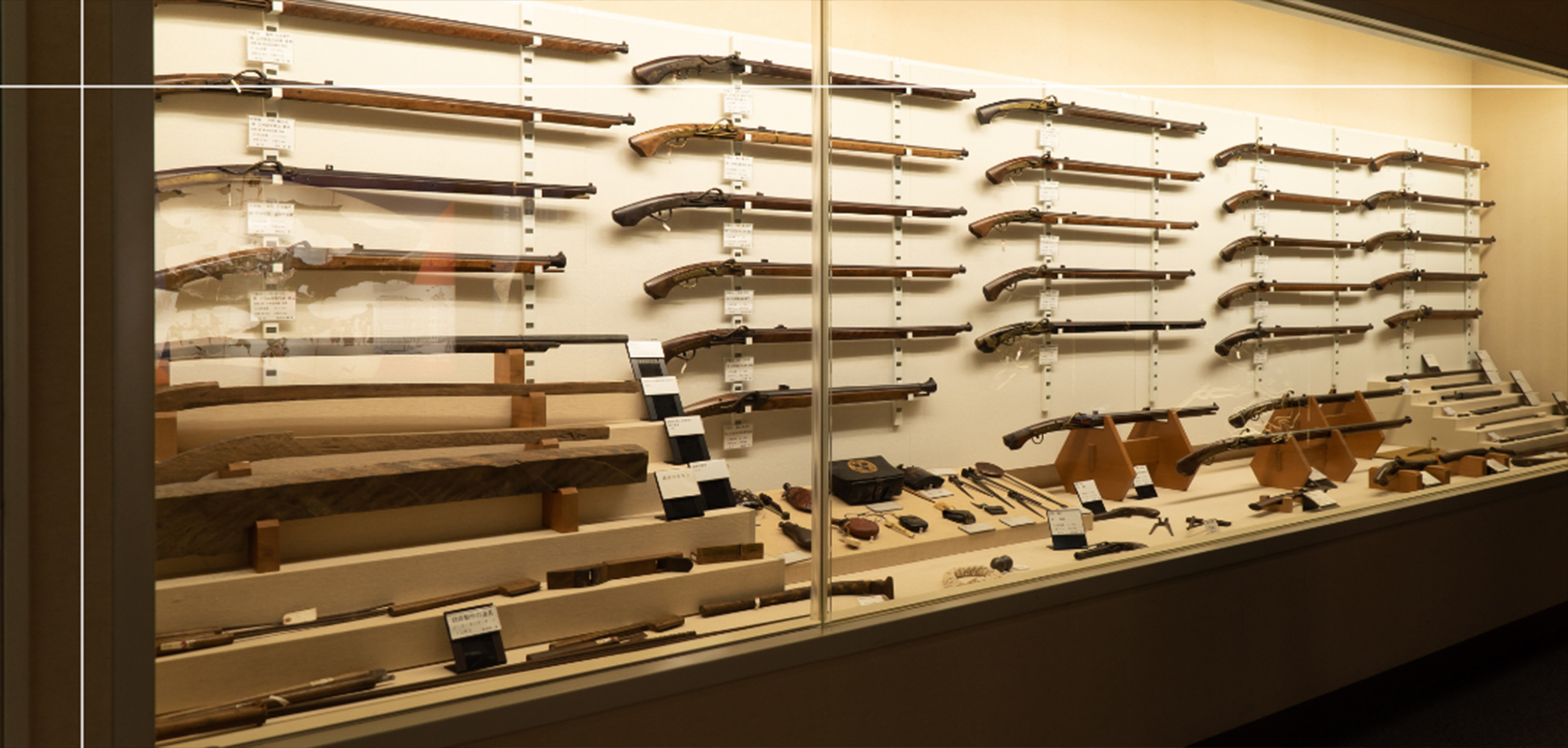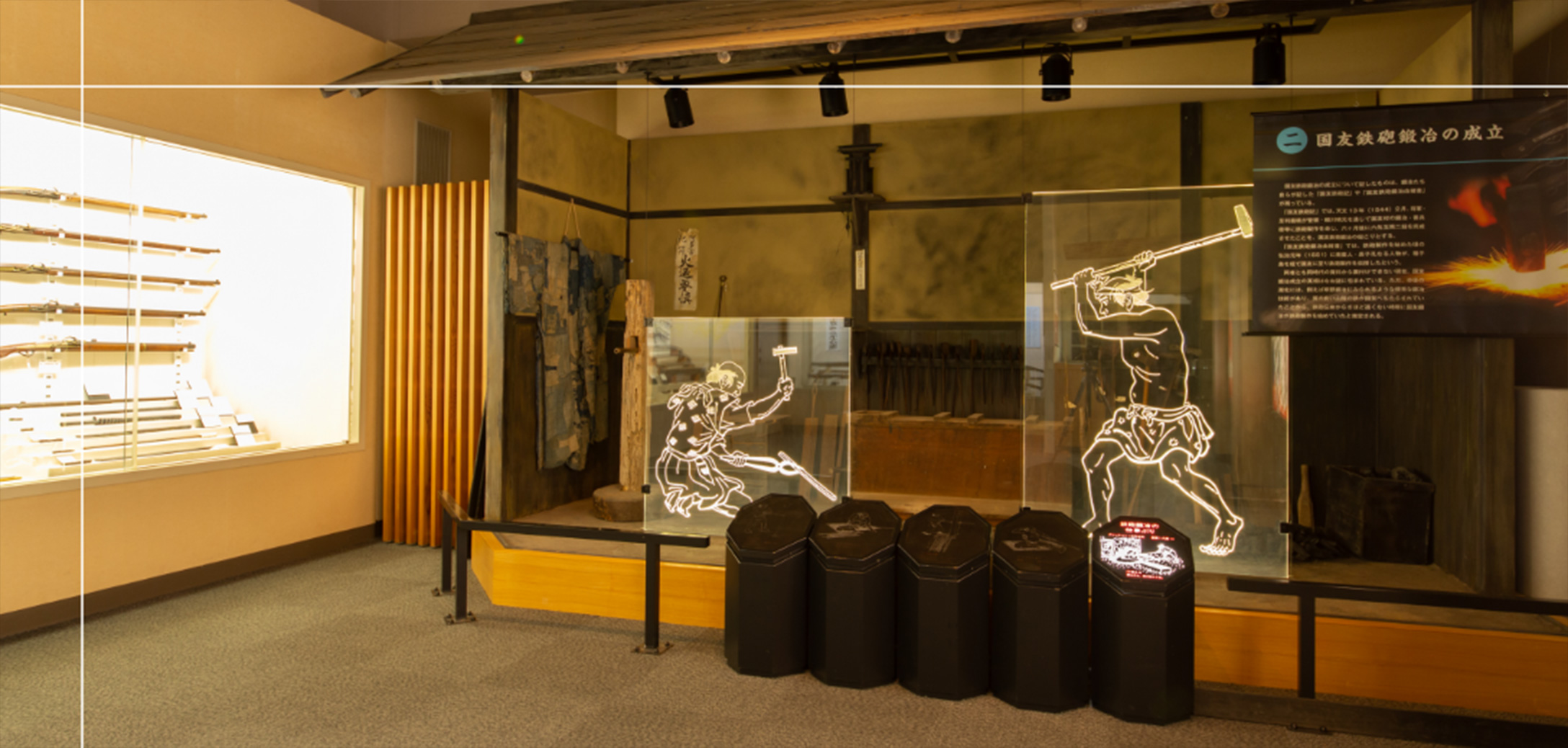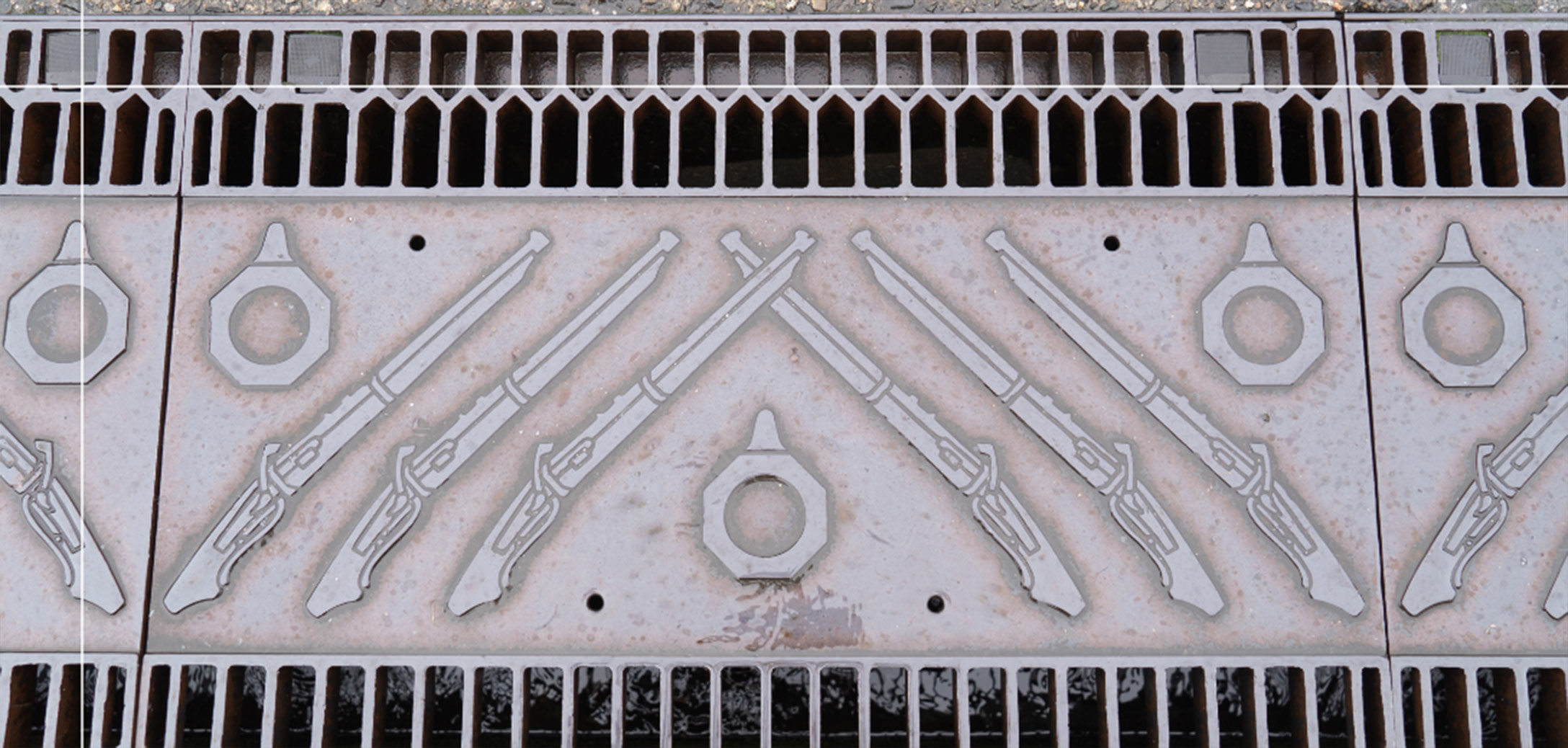History Changing Kunitomo Samurai Guns and the Battle of Nagashino
One of Japan’s most famous samurai gun battles was the 1575 Battle of Nagashino, fought in the narrow Shitaragahara valley between the allied Oda Nobunaga and Tokugawa Ieyasu forces against the invading army of Takeda Katsuyori.
The matchlock gun had been introduced to Japan 32 years earlier in 1543 by Portuguese traders. The new weapons’ potential was quickly realized, and high-quality domestic production soon commenced at the blacksmith town of Kunitomo. These guns would change the course of history.

Takeda Katsuyori’s feared army of 15,000 had invaded Tokugawa Ieyasu’s Mikawa Domain, and laid siege to Nagashino Castle, defended by just 500 samurai. One of the small castle’s garrison, a foot soldier, had volunteered to call for reinforcements, and sneaking out of the castle at night, swam the natural river moat, and ran 35km to Lord Ieyasu in Okazaki for help. Ieyasu enlisted the assistance of his ally, the powerful Oda Nobunaga forming an army of 38,000. Meanwhile, the foot soldier had returned to Nagashino to inform his comrades of the news, but was captured by Takeda troops while trying to re-enter the besieged fortress. Tied spread-eagled to a double beamed crucifix, in view of the castle, he was ordered to tell the men inside to capitulate. Instead, the brave warrior shouted “Hold on, help is coming!”, for which he was instantly killed.
When the Oda -Tokugawa samurai arrived at Nagashino, they carried long thin logs, and over 3,000 matchlock guns with them. They set up battle camps along the western edge of the nearby Shitaragahara valley, and with the logs, built around two kilometers of palisades facing the Takeda forces to the east.
On the day of battle, as the first wave of Takeda samurai crossed the narrow valley and neared the palisades they were felled by a volley of shots. The next surge, believing they had time while the gunners reloaded, attacked, but they too were promptly shot down. The third wave of Takeda met the same fate. Aware the matchlock gun’s weak point was the time taken to reload, Nobunaga is believed to have arranged his men into three rotating lines. After the first line discharged, the second line took position and fired, then the third line, by which time the first line had reloaded and were ready to shoot. This continued until the Takeda forces were destroyed. The gun had become a major weapon of war, and by the decisive Battle of Sekigahara in 1600, Japan had over 50,000 guns, accounting for 50 percent of the world's production share.


Mass produced Kunitomo matchlocks were quickly forged by skilled craftsmen, each working on separate parts, and supplied to their patrons, Oda Nobunaga, Toyotomi Hideyoshi, and Tokugawa Ieyasu, and applauded for their quality craftsmanship and high accuracy.
Kunitomo no longer produces guns, but specialist craftsmen continue to repair and service the antique weapons which are often used in modern day events.
※Shitaragahara:https://www.aichi-now.jp/en/spots/detail/1329/
INTERVIEW
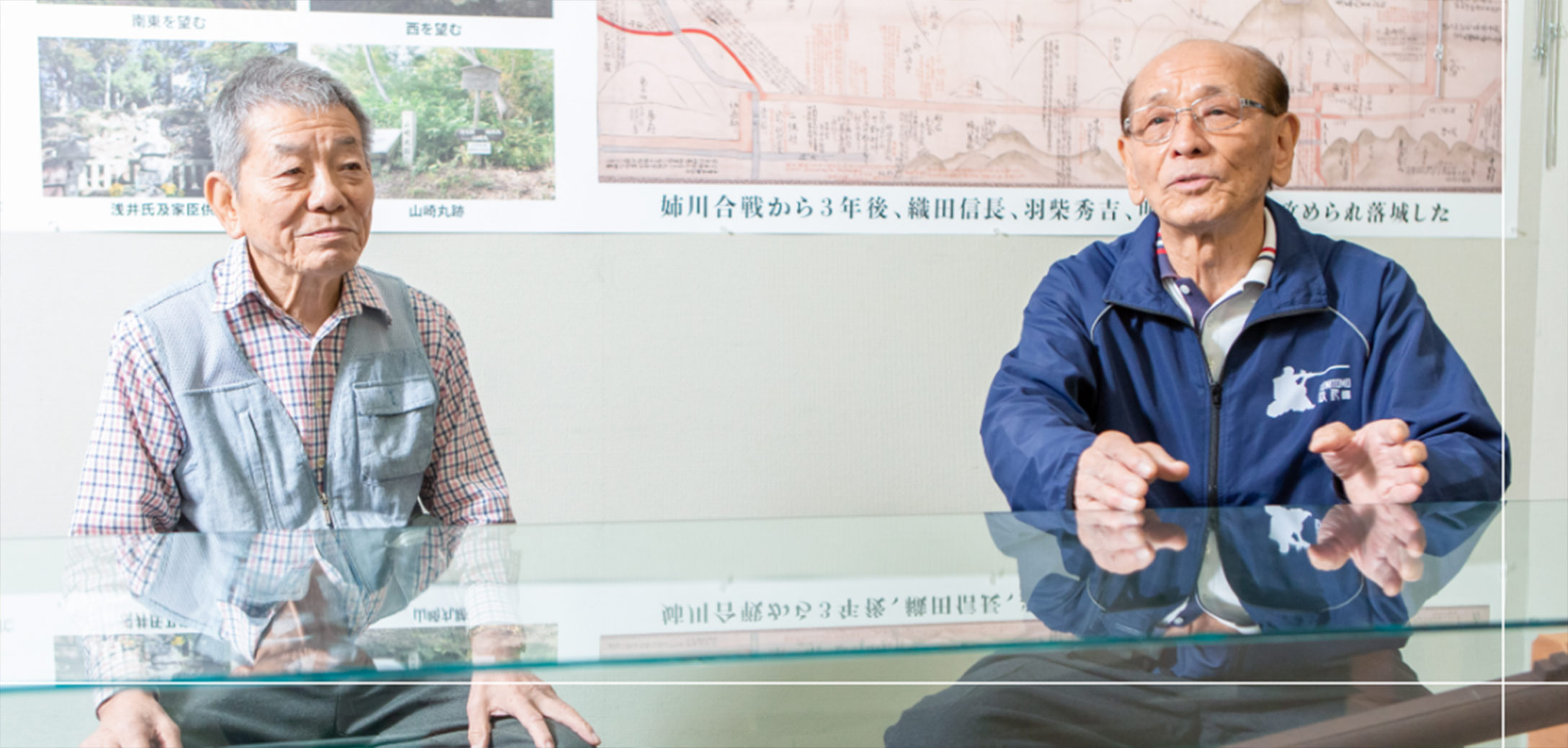
How did Kunitomo become a gun manufacturing town?
Kunitomo had been an iron producing region since ancient times. An axe, said to be Japan’s oldest surviving iron axe, was excavated from the Kunitomo Ruins, and the steel industry and blacksmithing was well developed here.
The Kunitomo area was also a strategically key transportation hub connecting the Hokuriku and Tokai regions, and was fought over by the local Azai clan, Oda Nobunaga, Toyotomi Hideyoshi and others. With many battles, the blacksmiths were able to hone their fine weapon making skills.
In 1543, two matchlock guns introduced by Portuguese traders were presented to the Shogun, Ashikaga Yoshiharu. Recognizing the importance of the new weapon, the Shogun ordered the blacksmiths of Kunitomo to replicate them and so Kunitomo became a leading firearm manufacturer.
Guns greatly changed samurai warfare. Six years after the introduction of the gun, the smiths of Kunitomo were ordered to manufacture 500 matchlocks, and completed delivery the following year. Oda Nobunaga was the first to organize a gunnery corps at the 1570 Battle of Anegawa, and the 1575 Battle of Nagashino saw the Oda army destroy the Takeda forces with gunfire. Kunitomo Guns supported Nobunaga's drive to unify the nation, and Kunitomo became 16th century Japan’s high-tech town.
What was Kunitomo like at the peak of the civil war period?
Kunitomo’s heyday was the 20 years around 1600. There were 300 houses, about 70 of them blacksmiths, and over 500 craftsmen manufactured the various parts as a cooperative.
Why were Kunitomo guns so desired by the warlords?
Kunitomo guns were beautifully made, required little maintenance, were easy to handle and were accurate. They were simple but functionally excellent, and so their fine reputation attracted the attention of the warlords.
What is the difference between Sakai and Kunitomo produced matchlocks?
Metal casting craftsmen were active in the Sakai region (Osaka) from the late 1100’s. A local merchant went to Tanegashima where the guns were first introduced and learned how to make them. Many Sakai forged guns were used in the Battle of Nagashino and featured beautiful decorations on the stock. They went for design, while Kunitomo guns aimed for functional excellence. Kunitomo matchlocks had a strong, black rust-resistant glow to them, and are prized by collectors. Kunitomo gunsmiths engraved their given names on the guns, but used Kunitomo as a surname, showing pride in their brand.
What is the appeal of matchlocks?
The primitiveness is attractive. The weight, shape, and characteristic of each gun is different. You need to know everything about matchlocks before using one. The more you learn, the deeper matchlock gunnery becomes. Kunitomo gun barrels and stocks are wonderful too.
Interview with;
Mr. Yoshida Ichiro, Director of the Kunitomo Gun Museum
Mr. Hirose Kazuhiro, Kunitomo Gun Research Group Chairman
Kunitomo Gun Museum
534 Kunitomo-cho, Nagahama City, Shiga Prefecture 526-0001
Opening hours / 9: 00-17: 00 (Last admission is 16:30)
Regular holiday / None
* Closed only from December 28th to January 3rd
*Free for high school students and younger
TEL: 0749-62-1250


